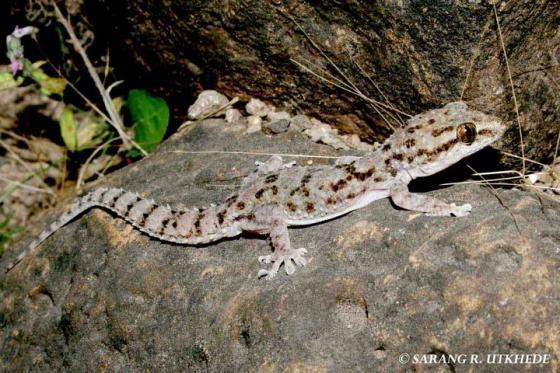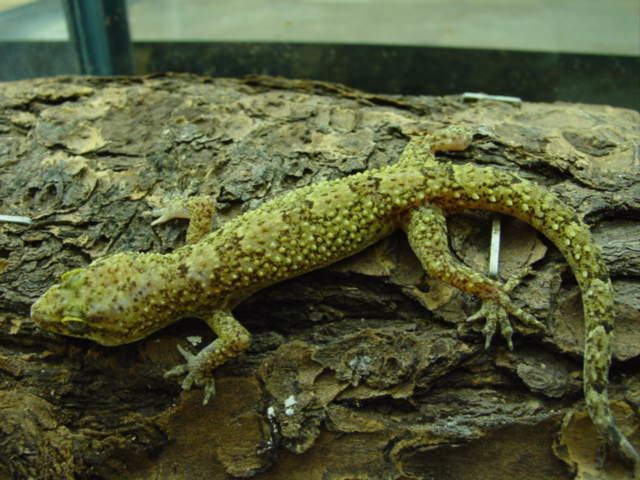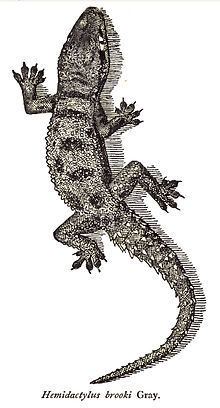Suborder Sauria Higher classification House geckos Order Scaled reptiles | Subphylum Vertebrata Infraorder Gekkota Genus Hemidactylus Phylum Chordata Rank Species | |
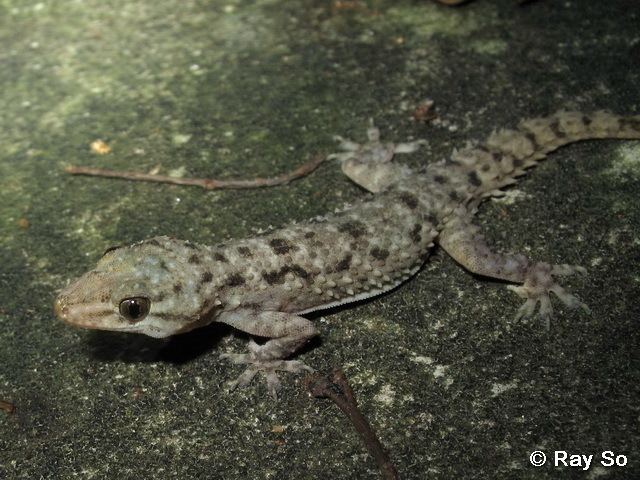 | ||
Similar House geckos, Reptile, Geckos, Hemidactylus flaviviridis, Common house gecko | ||
Hemidactylus brookii, commonly known as Brooke's house gecko, is a widespread species of gecko.
Contents
Etymology
The specific name, brookii, is in honor of British adventurer James Brooke.
Description
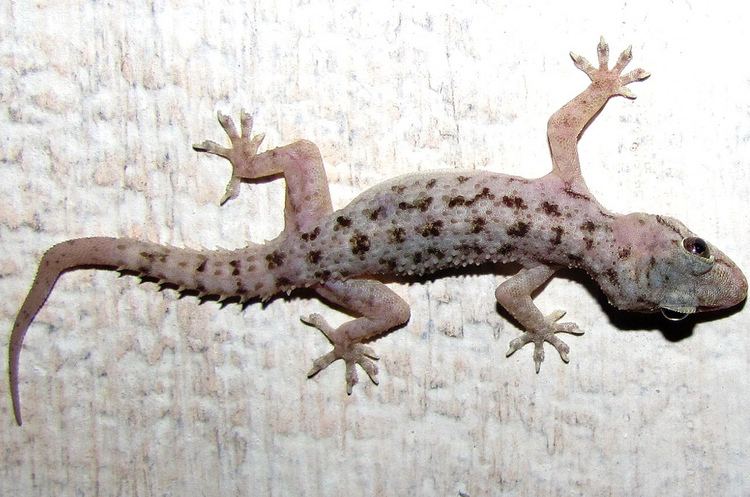
Snout somewhat longer than the distance between the eye and the ear-opening, nearly twice the diameter of the orbit; forehead concave; ear-opening small, oval, vertical, about one third the diameter of the eye; on the occiput very small round tubercles. Rostral quadrangular, with a median cleft; nostril bordered by the rostral, the first upper labial and three nasals, the upper not in contact with its fellow. Eight to ten upper and seven to nine lower labials; mental large, triangular; two or three pair of chin-shields, median forming - a suture. Scales of the throat granular. Body covered with small granules, intermixed with large keeled trihedral tubercles, arranged in 16-20 longitudinal series, the keels of the outer ones indistinct; the diameter of the largest tubercles on the flanks exceeds the diameter of the ear-opening. Ventral scales larger than those on the throat, cycloid, imbricate. Male with 7-20 femoral pores on each side. Tail depressed, annulate, with rows of 8 or 6 spine-like tubercles, below with a series of transversely dilated plates. Limbs granular, the upper part of the hind limb with large keeled tubercles; digits free, dilated, the free distal joint long, 3-6 lamellae under the inner, 6-8 under the median toes.
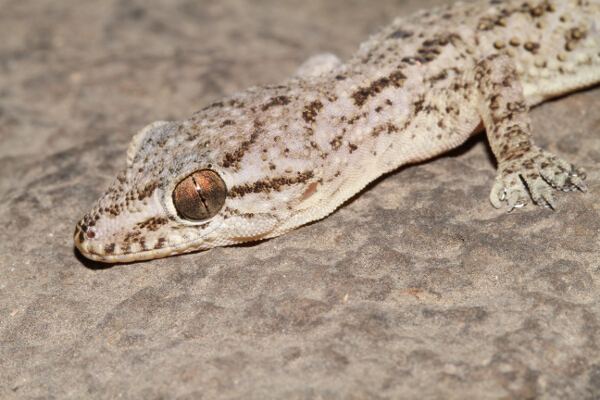
Yellowish-brown above with irregular dark spots; one or two dark lines on the side of the head, passing through the eye; lips with dark bars. Lower parts white ; all the scales finely dotted with dark brown. Young specimens have cross lines of white tubercles on the back; those on the tail all white.
Length of head and body 58 mm.; tail 60 mm.
Geographic range
